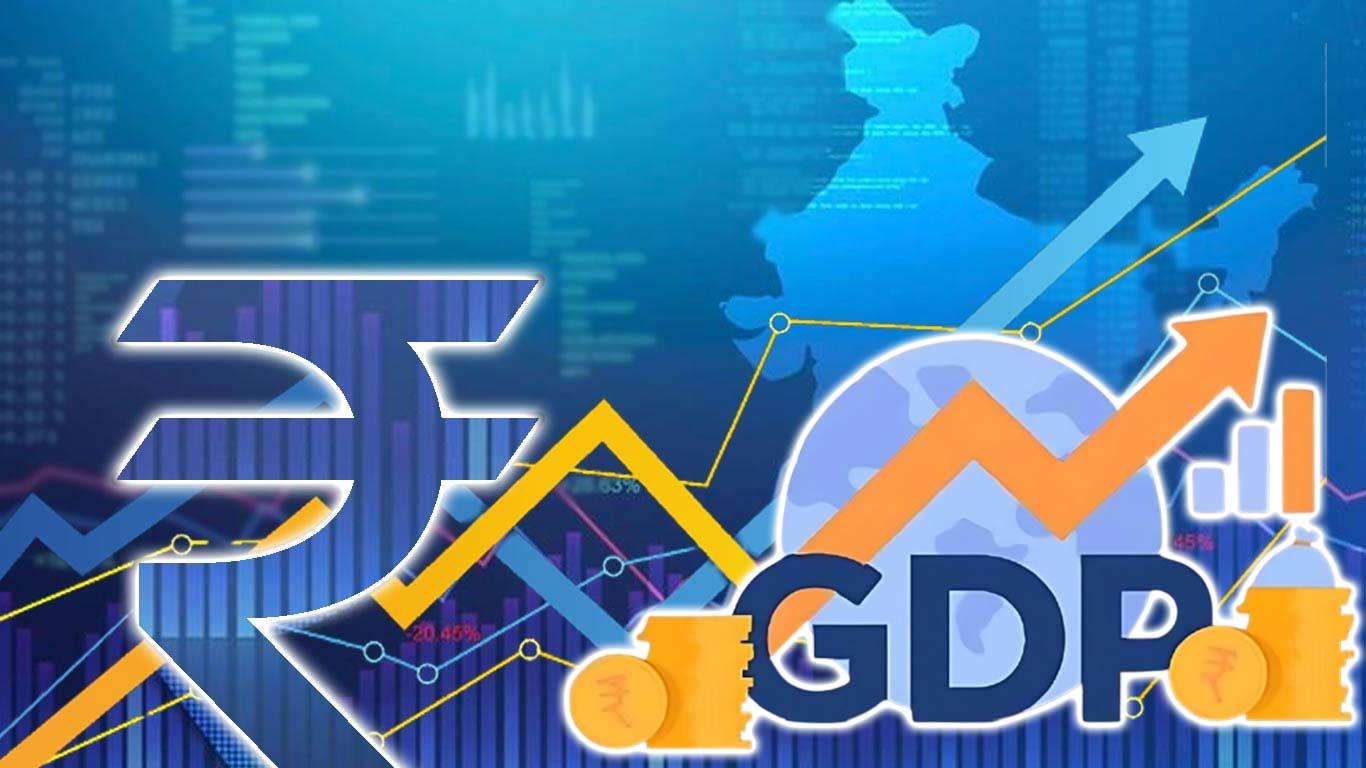
RBI Predicts 6.8% GDP Growth For Q2FY25
Despite maintaining overall resilience, the Indian economy has experienced a moderate slowdown in momentum during the second quarter.
RBI officials, led by Deputy Governor Michael Debabrata Patra, attribute this deceleration partly to seasonal factors, including unusually heavy rainfall in August and September, and the observance of Pitru Paksha.
Several key economic indicators have shown signs of moderation, including GST collections, automobile sales, bank credit growth, merchandise exports, and the manufacturing purchasing managers' index.
However, the outlook remains optimistic, supported by improving consumer sentiment and positive industry expectations for future growth.
The festival season is expected to boost consumption spending, while private investment shows promising indicators.
The RBI's analysis highlights encouraging signs in manufacturing sector capacity utilisation for upcoming quarters, suggesting potential economic strengthening.
Market concerns persist, however, as Indian stock markets display stretched valuations amid escalating geopolitical tensions in the Middle East.
These factors have contributed to a pullback in key indices during October, with markets maintaining caution ahead of corporate earnings reports for Q2FY25.
Inflation has emerged as a significant concern, rising to 5.5 per cent in September after remaining below the RBI's 4 per cent target in July and August. While food prices were the primary driver of this increase, core inflation also showed an uptick, accompanied by narrowing fuel price deflation.
Food price data through mid-October indicates some relief in cereal and pulse prices, except for gram dal. However, edible oil prices continue to rise following a 20 percentage point increase in import duties. Additionally, onion and tomato prices have seen sharp increases.
The ongoing geopolitical tensions in the Middle East pose risks for net importing countries, particularly regarding commodity prices, especially crude oil and metals.
These developments suggest that global monetary policy decisions will need to carefully balance both growth and inflation risks arising from recent commodity price shocks.
(KNN Bureau)
Legal Disclaimer:
MENAFN provides the
information “as is” without warranty of any kind. We do not accept
any responsibility or liability for the accuracy, content, images,
videos, licenses, completeness, legality, or reliability of the information
contained in this article. If you have any complaints or copyright
issues related to this article, kindly contact the provider above.

















Comments
No comment